1. Introduction to Yosemite: A Natural Wonder of America
1.1. What is Yosemite?
Yosemite is one of the most iconic natural wonders on Earth, stretching nearly 12.8 km east to west, with granite cliffs that rise twice the height of the Empire State Building. Carved by glaciers, weathering, and erosion over 30 million years, Yosemite National Park vividly showcases the geological forces that shaped our planet.
1.2. Location and scale of Yosemite National Park
Located in the state of California, Yosemite National Park spans 3,029 km² and is managed by the U.S. National Park Service. It covers four counties: primarily Tuolumne and Mariposa, extending north and east into Mono, and south into Madera. Recognized as a UNESCO World Heritage Site in 1984, Yosemite attracts millions of visitors annually with its majestic waterfalls, towering cliffs, rich wildlife, and geologic formations like Half Dome and El Capitan.
2. Unique Natural Features of Yosemite California
2.1. Geological and biological diversity
Yosemite California is among the largest intact ecosystems in the Sierra Nevada. The park's elevation ranges from 648 to 3,997 meters, creating five main vegetation zones from chaparral to alpine. Of California’s 7,000 plant species, about 50% are found in the Sierra Nevada and over 20% in Yosemite, including 160 rare species that thrive due to the park's unique soil and geological conditions.
2.2. Yosemite's geological history
Around 10 million years ago, the Sierra Nevada was uplifted and tilted westward, resulting in deep canyons and steep slopes. About one million years ago, glacial ice carved its way through the region, shaping the famous Yosemite Valley into a U-shaped canyon. During the first ice age, the glacier’s depth in the valley may have reached up to 1,120 meters. These massive glaciers created the dramatic landscape that continues to awe visitors from around the world.
3. Must-See Landmarks in Yosemite Park
3.1. Yosemite Valley – The Heart of the Park
Although it makes up only 1% of Yosemite Park, Yosemite Valley is the most visited and photographed part of the park. For many visitors, the iconic Tunnel View is their first glimpse of the valley, revealing layers of mist, granite cliffs, and cascading waterfalls.
The valley contains most of the park’s accommodations, visitor centers, restaurants, and shuttle services. It is the starting point for many hiking trails and photography tours. Each season offers a different charm: spring brings roaring waterfalls, summer reveals lush greenery, autumn offers golden leaves, and winter coats the valley in snow.
3.2. El Capitan and world-class climbing routes
One of the most iconic features of Yosemite National Park is El Capitan, a towering granite monolith nearly 900 meters tall that dominates the north side of the Yosemite Valley. It's a world-renowned destination for rock climbers, offering multiple technical routes suitable for both traditional and free climbing styles.
Nearby is Half Dome, a striking granite dome rising 1,460 meters above the valley floor. The hike to its summit requires a permit and is considered one of the most rewarding adventures in Yosemite Park. Sentinel Dome, more accessible and less strenuous, also offers panoramic 360-degree views across the park.
4. The Majestic Waterfalls of Yosemite National Park
Yosemite National Park is home to one of the highest concentrations of waterfalls in North America, thanks to its glacial topography and steep elevation. The best time to visit is during the snowmelt season in April, May, and June, when the waterfalls are at their peak.
Yosemite Falls is the tallest waterfall in North America at 749 meters, comprising upper, middle, and lower sections. It is a central highlight of Yosemite California and featured on countless postcards.
Ribbon Falls, though less voluminous, boasts the tallest uninterrupted vertical drop in the U.S. at 491 meters. It remains one of the hidden gems of the Yosemite Valley.
Bridalveil Fall, visible from Tunnel View, is one of the most photographed falls in the park. Its light, flowing appearance resembles a bridal veil, making it an enchanting introduction to the valley.
Other notable falls include Vernal Fall, Nevada Fall, and Illilouette Fall—all reachable via scenic hiking trails of varying difficulty.
5. Visitor Experience in Yosemite, California
5.1. Year-Round Outdoor Activities
Yosemite, California offers a variety of nature-based experiences for every season:
Spring and summer are ideal for hiking, waterfall watching, and participating in naturalist programs.
Autumn brings warm colors and a calm atmosphere, ideal for landscape photography.
Winter transforms the park into a snowy wonderland, perfect for snowshoeing, winter camping, and serene walks.
5.2. Services and unique sightseeing tours
Visitors can rent bikes, raft on the Merced River, go horseback riding across alpine meadows, or join art and photography workshops. Guided tours are available to scenic spots like Glacier Point for an aerial view of Yosemite Valley, or along Tioga Road to reach Toulumne Meadows – a breathtaking high-country destination accessible from May to October.
Throughout the trip, tourists can capture unforgettable images of Yosemite National Park, from majestic granite cliffs and waterfalls to ancient sequoia groves and golden sunsets. These Yosemite images are cherished memories and visual testaments to the park’s raw, untamed beauty.
 Register
RegisterSign in Travel Agent
Sign in Supplier
Sign in Affiliate
Sign in Guru

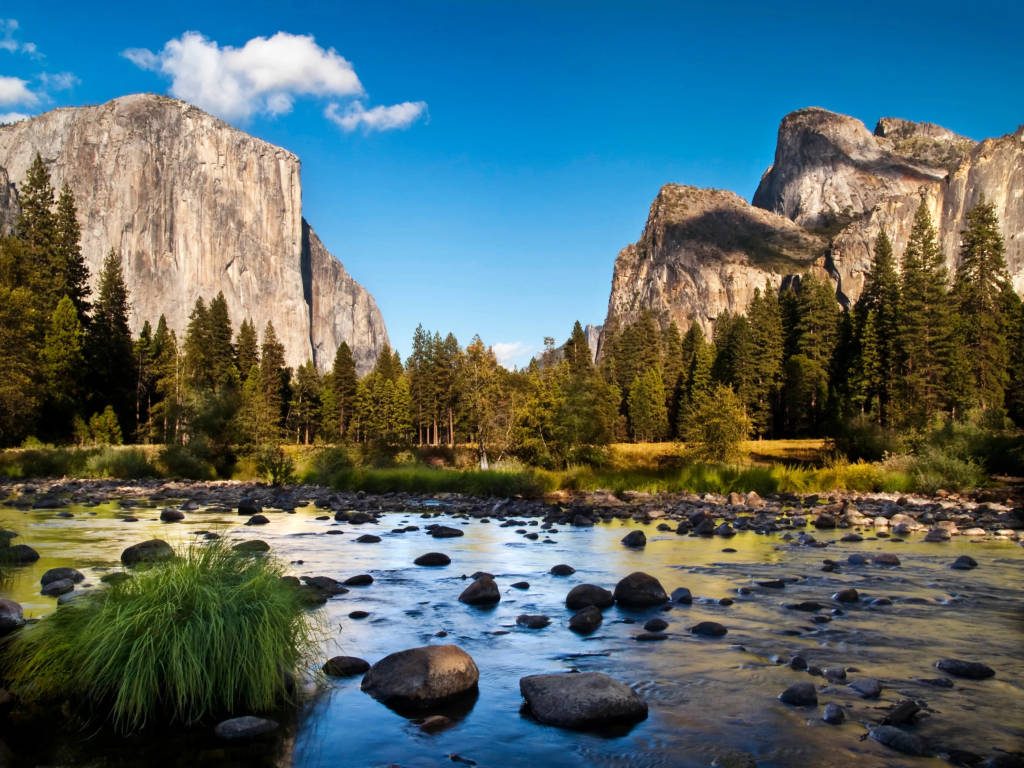
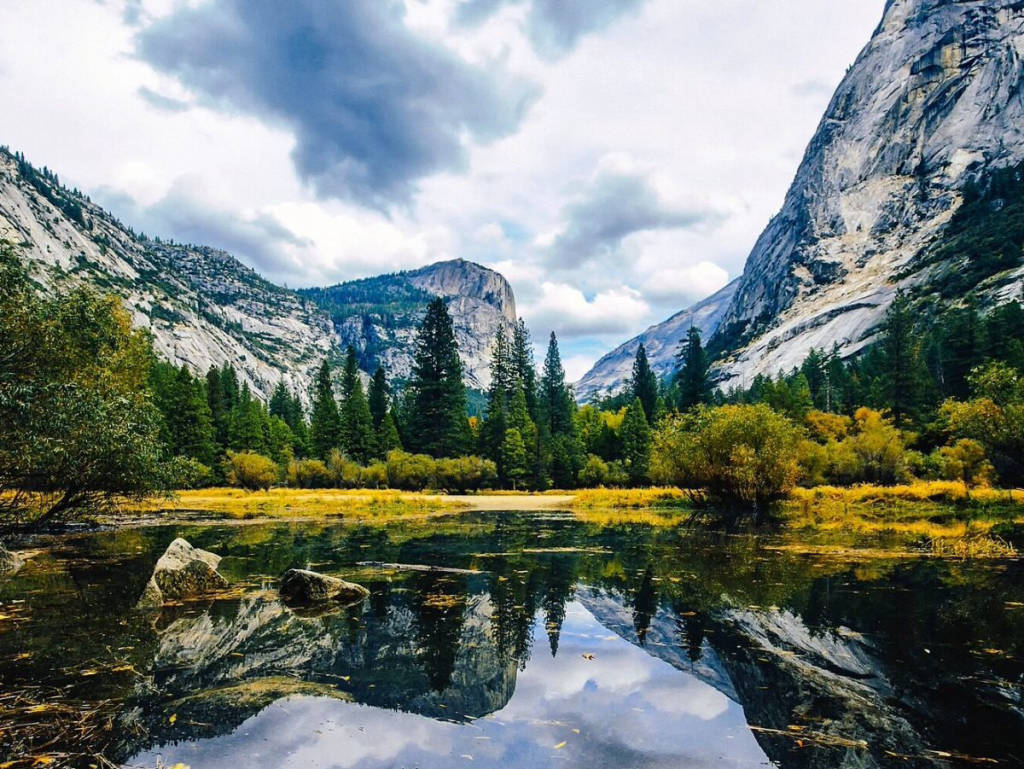
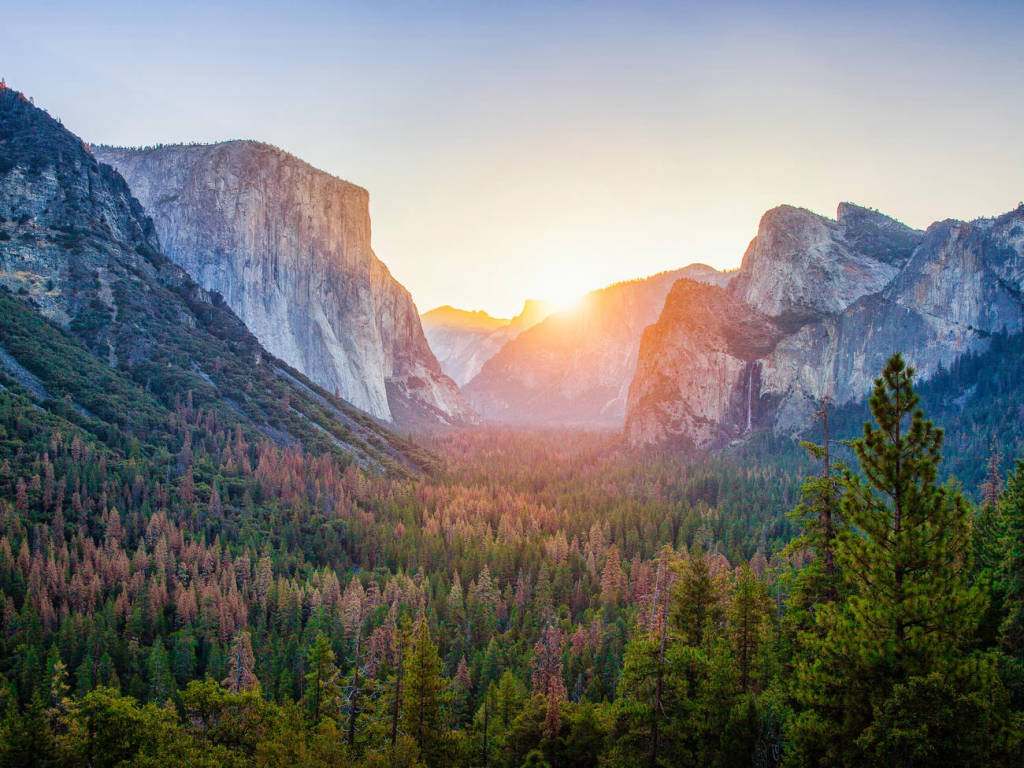
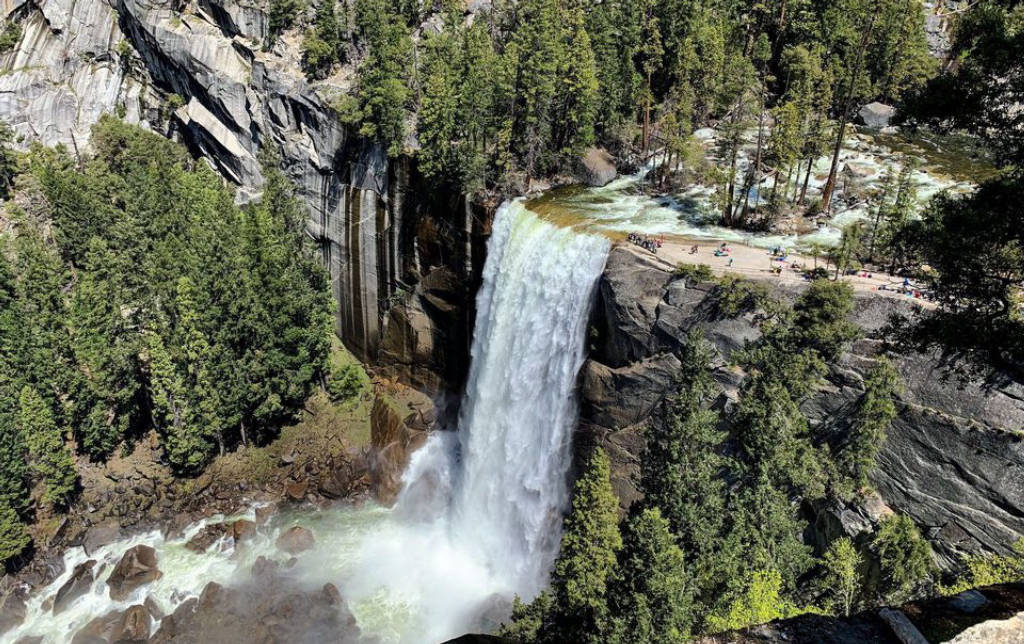
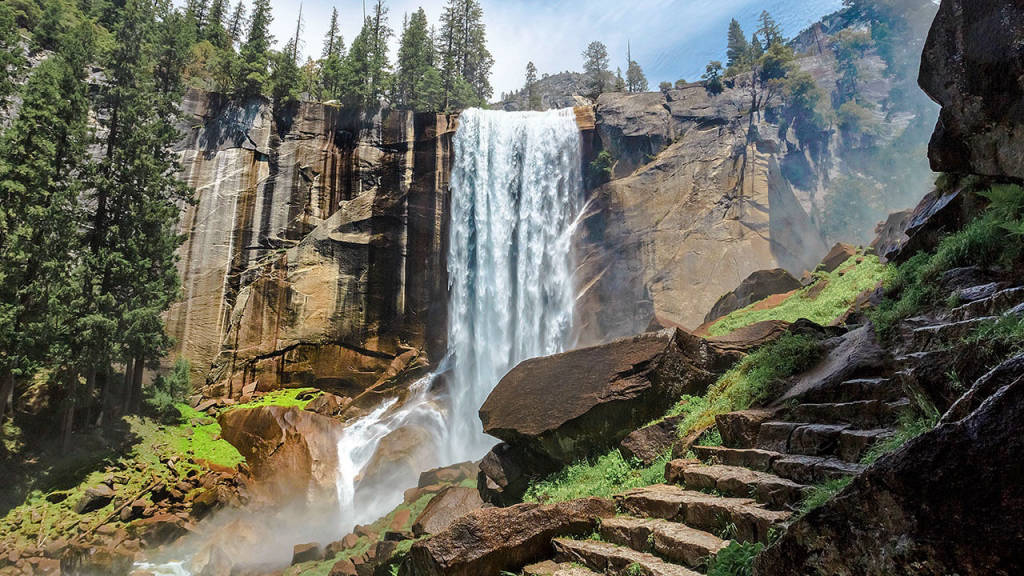
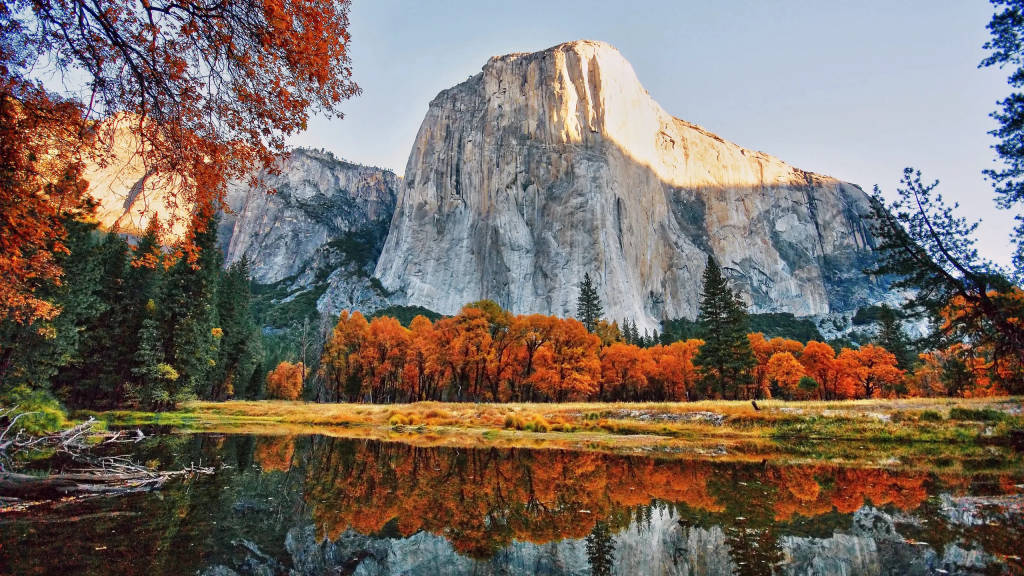






 Yosemite National Park, California, United States
Yosemite National Park, California, United States